Energy is a key factor in combating climate change, one of the biggest challenges the world is facing today. India has committed to cutting emissions to net zero by 2070 and set ambitious targets for adopting renewable energy. Achieving these targets requires careful planning and an overhaul of our current energy system.
Our work aims at enabling policies that encourage the adoption of rooftop solar, facilitate the development of technology for energy storage, strengthen the grid and transmission infrastructure, advance hydrogen technologies, and promote green mobility. CSTEP's research looks at the various aspects of mainstreaming renewable energy for a cleaner, greener energy sector.
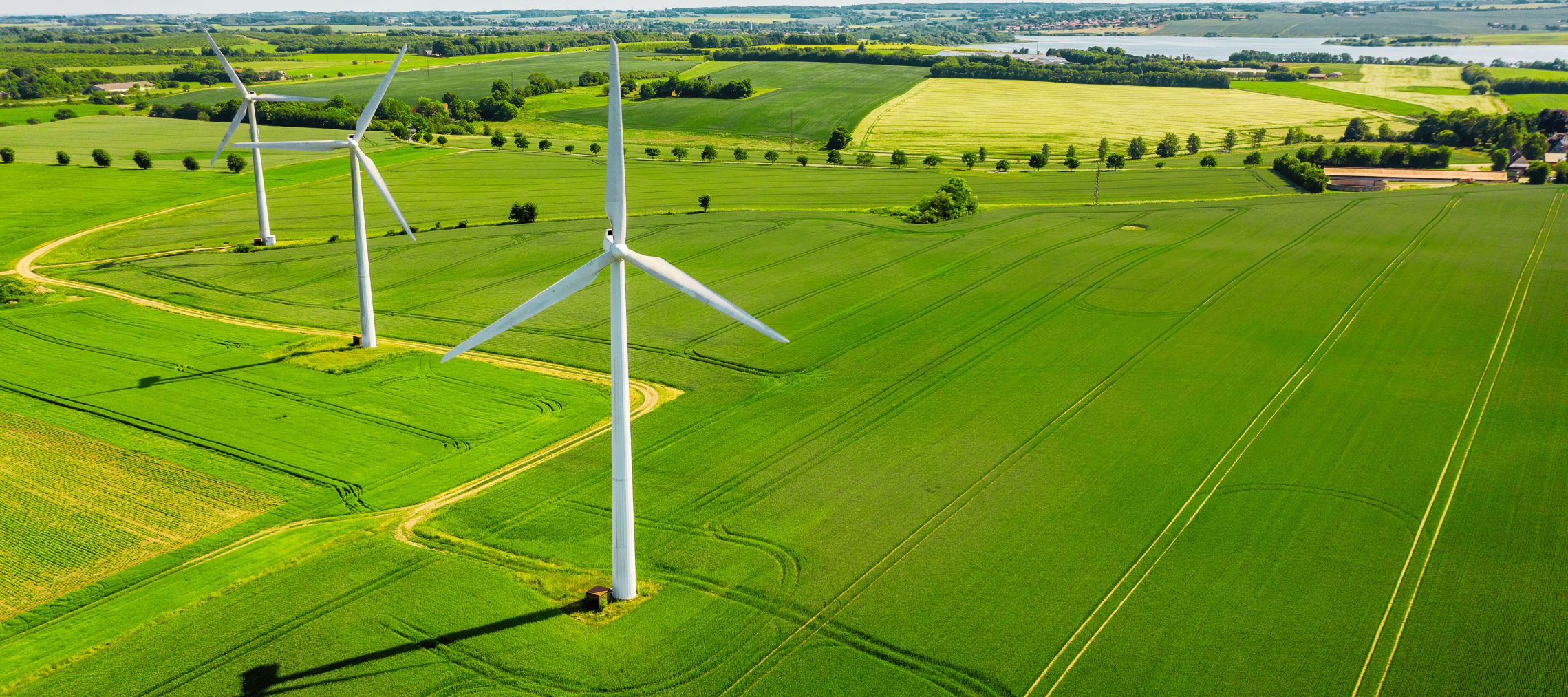
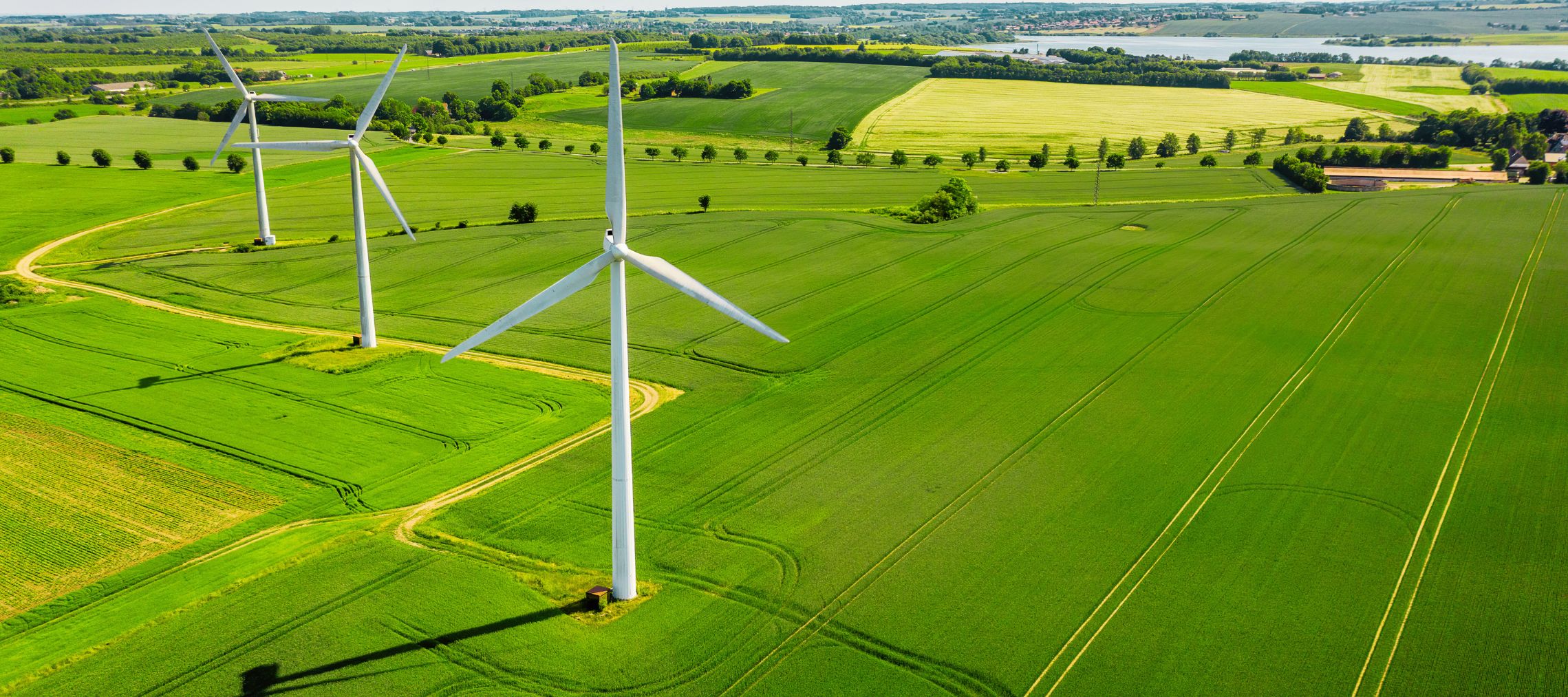

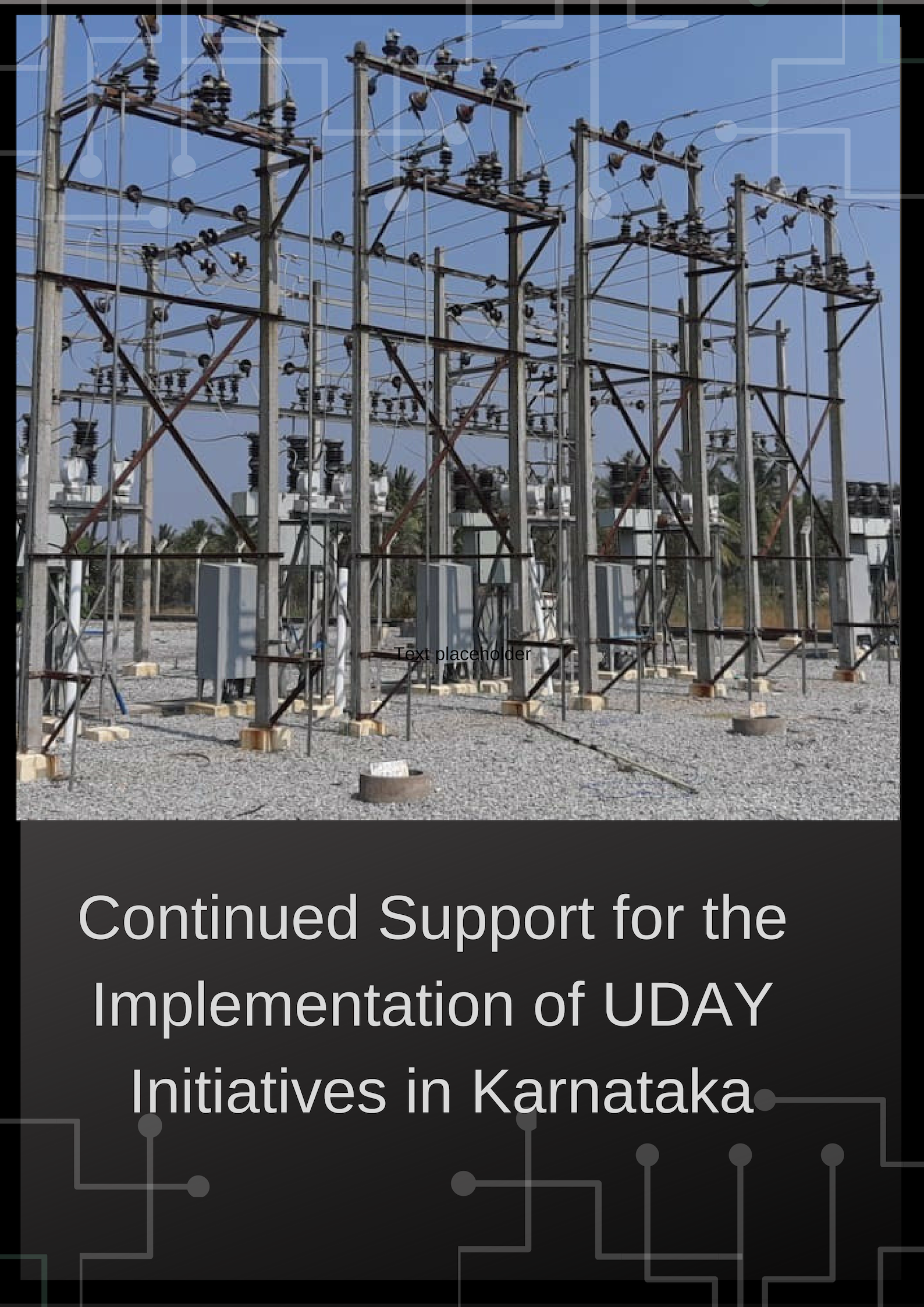

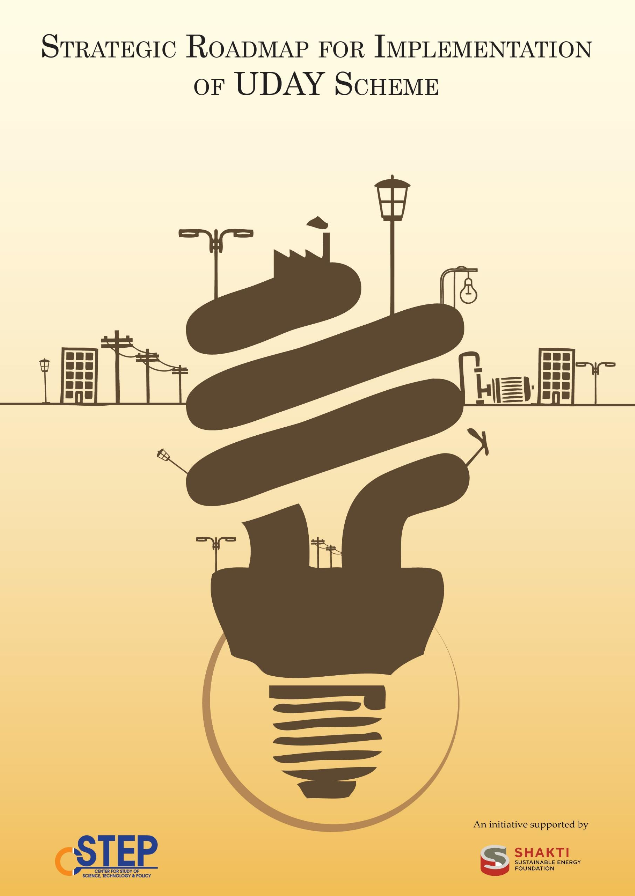
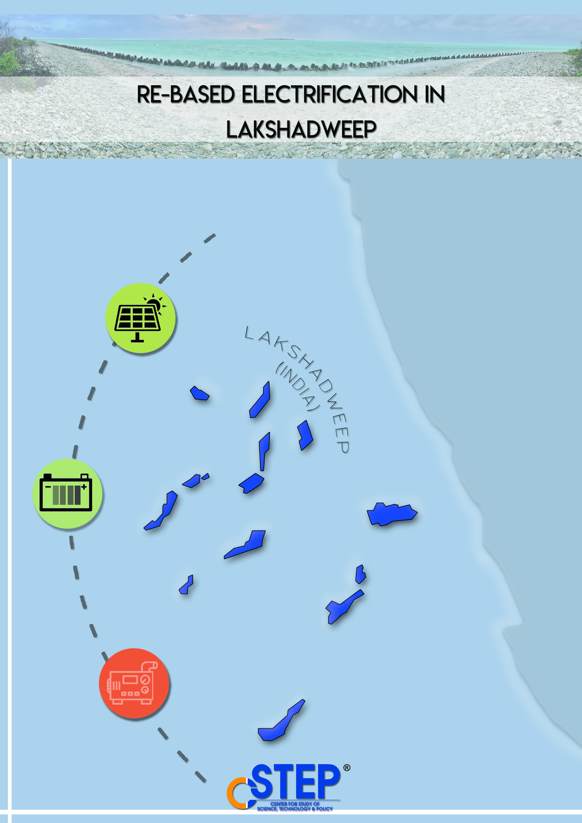
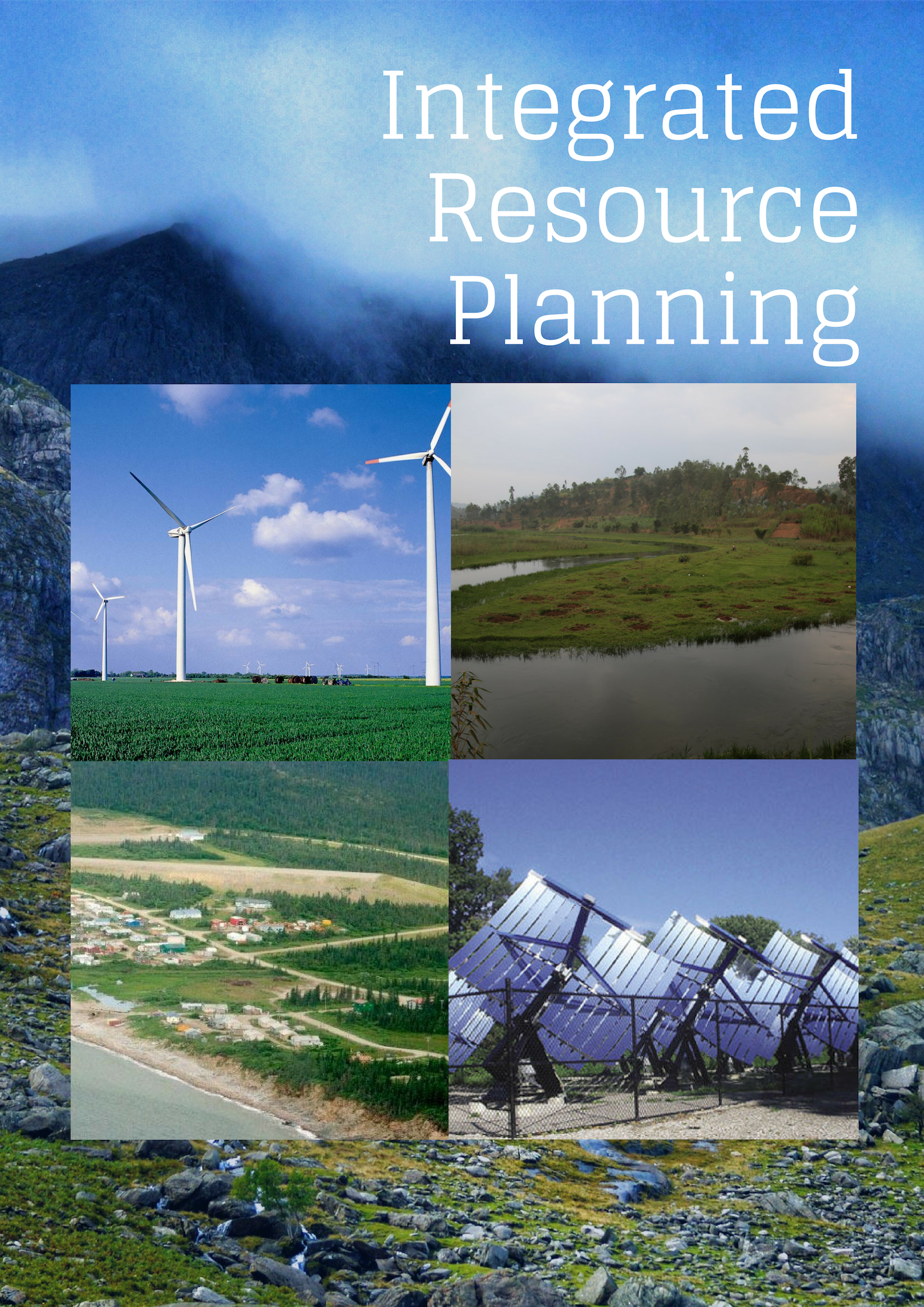
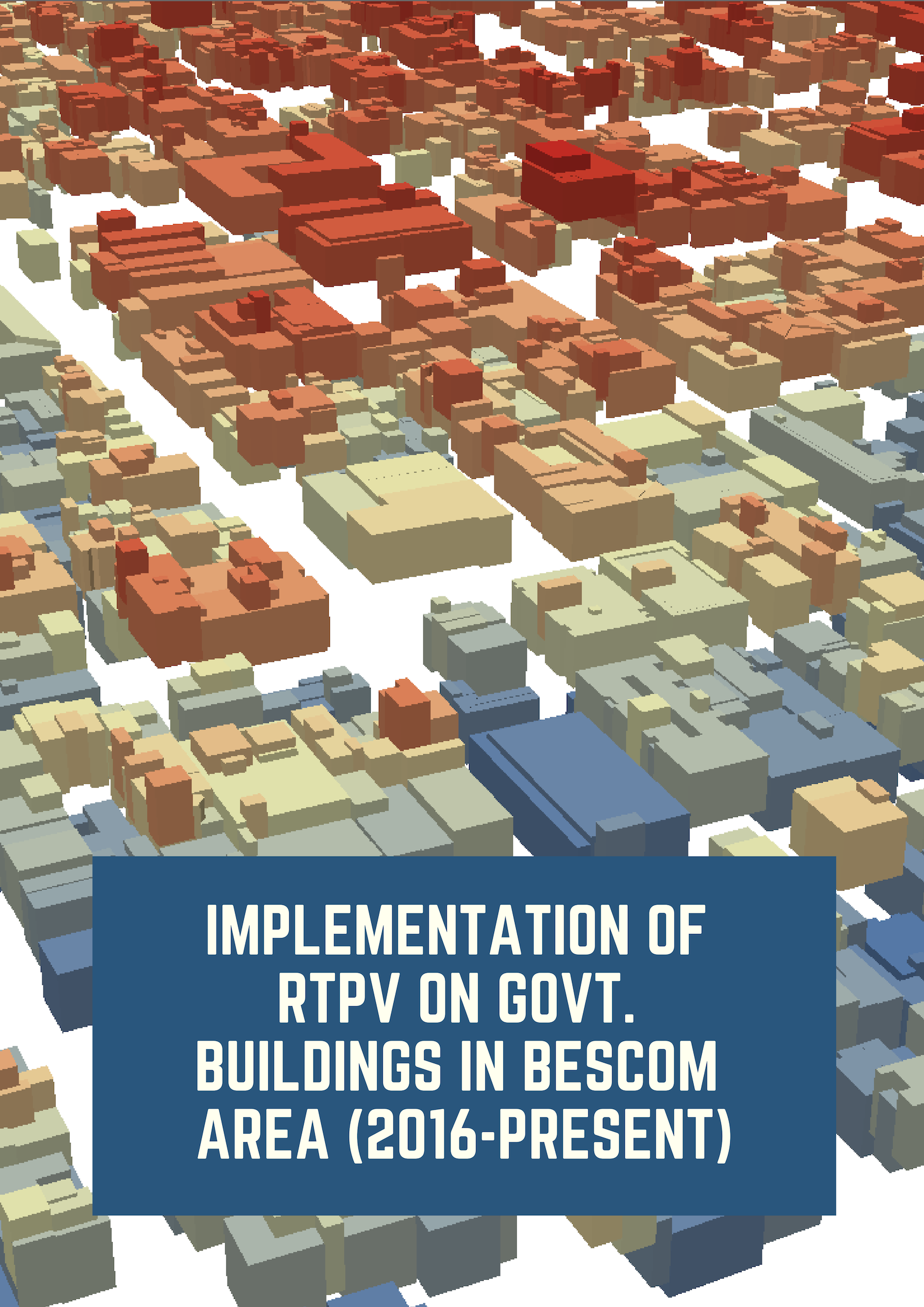


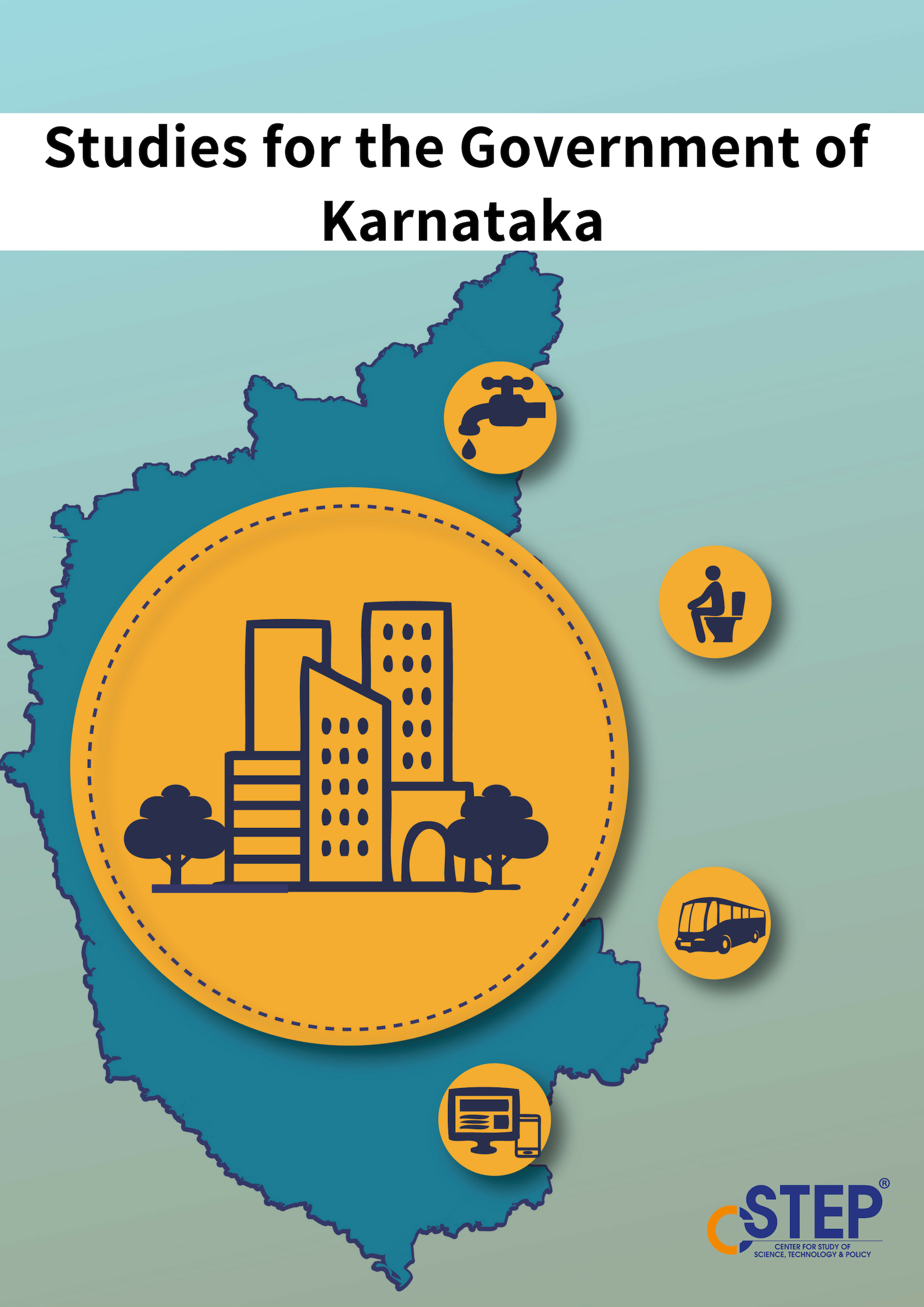

Roadmap for Karnataka's Power Sector - Vision for 2021-22
The State’s capacity addition plans seem inadequate to meet projected demand in the next 5 years. If the current situation continues, the State is likely to face about 21-26% annual energy shortfall (12,000 – 18,000 Million units) and 15-17% peak shortfall (~ 2000 MW) in the short-term (2 years) and 13-8% (~10,000 Million Units) and 16% (~2500 MW) in the medium term (5 years). This is after accounting for all likely capacity addition. This implies that the State will have to rely on widespread load shedding or rely on short-term power purchases.
Competitive Bidding for the Wind Sector
CSTEP organised a stakeholder consultation workshop on the wind energy sector at the request of the Ministry of New and Renewable Energy (MNRE) recently. The main objectives of this workshop were to discuss the results of the national wind potential reassessment study conducted by CSTEP, use geo-spatial analysis to locate high potential wind zones for further development, and discuss mechanisms to ease the problems currently plaguing the sector, such as inadequate site allotments, inefficient power purchase agreements, pricing of renewable energy etc.
Nuclear Power in India: The road ahead
India's growing economy requires an adequate supply of energy. As per several estimates, India’s installed electric power generation would have to increase to 650,000 - 950,000 MW by 2030 to sustain economic growth of 8% - 9%. India can thus ill afford to disregard any energy source and nuclear energy is an important source of long‐term energy security.
What the Smart Grid Means and Does not Mean for India
IEEE Smart Grid: What the Smart Grid Means and Does not Mean for India
Correlation Between Central Receiver Size and Solar Field Using Flat Heliostats
In Central Receiver Systems (CRSs), thousands of heliostats track the sunrays and reflect beam radiation on to a receiver surface. The size of the reflected image and the extent of reflection from the heliostats are one of the important criteria that need to be taken into account while designing a receiver, since spillage losses may vary from 2 to 16% of the total losses. The present study aims to determine the size of an external cylindrical receiver, such that the rays reflected from all the heliostats in the field are intercepted.
24 x 7 Power for all : Strategies for Karnataka
This study was commissioned by Karnataka Electricity Regulatory Commission (KERC) to identify key implementable strategies for the state of Karnataka for achieving the objectives of 24x7 Power for All The study describes the power supply scenario in the State including estimates for future energy demand The status of 24x7 power supply is analysed along the dimensions of access (electrification), adequacy (per capita consumption), affordability (cost of supply), availability (duration of supply), and reliability Future plans for generation capacity are analysed to determine the range of fore
Economics of Fast Breeder Reactors in the Indian Scenario
Fast Breeder Reactors (FBR) are expected to play a major role in India’s power program and help utilise the country’s large thorium (Th) reserves It is important to examine in detail all issues including economics, safety, and security In this study, we have evaluated the economics of electricity from FBRs We propose to examine safety and security aspects in a future work This report also compares the cost of electricity from PFBR with other sources including PHWRs
The Global Energy Landscape and Energy Security
Ch 2: The Global Energy Landscape and Energy Security in 'Fundamentals of Materials for Energy and Environmental Sustainability'
Electric Buses in India: Technology, Policy and Benefits
The Bangalore Metropolitan Transport Corporation (BMTC) is a government organisation that operates the public transport bus service in Bruhat Bangalore Mahanagara Palike (BBMP) area and parts of the Bangalore Metropolitan Region (BMR). At present, BMTC is one of the better run bus transport systems in the country.Over the past decade, India’s cities have been witnessing an increasing trend in motorization with deteriorating air quality, and there have been calls to promote public transport as a way out of this gridlock.
